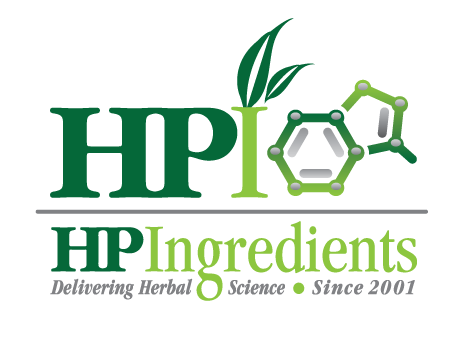Feeling blue on occasion is normal; and feeling out of sorts with a low mood for days on end is common.
According to the Mayo Clinic, seasonal affective disorder (with the appropriate acronym, SAD) is a type of depression induced by lesser amounts of sunlight. SAD tends to sweep the nation at the same time each year, typically in the autumn, and lasting through winter to early spring – fall equinox through spring equinox. But for some people, SAD can actually occur in the summer. Tthere’s an older pop song “Summertime Blues” which aptly describes this seemingly odd concept; who doesn’t love summer?)
Symptoms include feeling low mood (or depression) almost every day and almost all day, poor energy and feeling sluggish, easily agitated, some anxiety, loss of interest in many things you typically enjoy, difficulty concentrating and focusing, and changes in appetite – for the latter, most people gain weight as they turn to comfort foods to heighten mood. Carb cravings are normal in people who have SAD, as is wanting to sleep, and feeling like you need to drag yourself out of bed.
And, according to the National Institute of Mental Health (NIMH), women are four times more likely to be diagnosed with SAD than men, and even children and teens can fall under this seasonal spell. Family history of depression also makes one more susceptible to seasonal depression.
Meanwhile, says NIMH, while the specific etiology of SAD remains unclear, there are some factors that appear to be prevalent.
People with SAD have lower available serotonin (the “feeling all right” neurotransmitter) due to higher levels of serotonin transporter protein (STP) during the darker months than those who don’t have SAD, according to one study. Serotonin transporter protein’s key function is essentially to recycle serotonin, so when there’s higher levels of STP there is less serotonin available at the synapse.
People with SAD may produce too much melatonin. Melatonin is pulsed into the body by the pineal gland when darkness descends, signaling that it’s time to sleep. As daylight hours diminish, melatonin production increases, causing people with SAD to feel more lethargic, as their circadian rhythms are more disrupted.
Vitamin D levels tend to be lower in those with SAD. One study showed that 100,000 IU of vitamin D given to those with SAD for one month showed improvement, and the researchers concluded that this vitamin may be helpful for people who have SAD each year.
Let There Be Light … and LJ100!
One effective therapy for SAD is light therapy. Bright artificial light can reduce symptoms of SAD. One early review of studies found that two hours daily for one week of exposure to 2500-lux intensity light resulted in significantly more symptom improvement (remissions).
The basics of good health practices apply here: diet rich in macronutrients (fiber, good fat, complex carbs and protein) as well as micronutrients (vitamins, antioxidants, enzymes, minerals). Refrain from overloading on those comfort foods – enjoy them sparingly as a treat.
Overdoing it with caffeine to give that sluggishness a boot is also not the way to regain energy; it will only give you that “jittery” feeling from central nervous system stimulation. B vitamins are known to help provide energy and they are abundant in healthy foods. L-carnitine helps here too by regulating blood sugar and fatty acid metabolism in the cells.
Tongkat Ali (also called Eurycoma longifolia), specifically, a patented version (LJ100) has been shown in several trials to encourage natural energy production. This is important especially because people with SAD are encouraged to exercise, which fights fatigue and low mood. Taking this supplement was shown to maintain favorable anabolic hormonal balance by prohibiting excessive cortisol release, allowing for more intense workouts.
And LJ100 also has another action – it supports healthy (good) mood. One study assessed stress hormones and mood states in 63 individuals who took either LJ100 or placebo. The results showed that the LJ100 group had an improved stress hormone profile and elevated mood parameters.
A new randomized, double-blind, placebo-controlled 24-week study was to investigate the safety and efficacy of a multivitamin mix in combination with LJ100® on quality of life, mood and stress of 93 moderately stressed but healthy participants (aged 25 to 65). Those individuals taking LJ100 and the multivitamin reported a significant improvement in their mental component domain, suggesting they felt “calm and peaceful,” emotional well-being and improvement in energy/fatigue profile after the 12-weeks.
Surround yourself with things you enjoy – the music you like, candles or other scents. Binge watch your favorite shows, read a good book, cook new healthy dishes. “Forcing” yourself to enjoy things works to arrest the listlessness and provide a spark of happiness in the gloom.
Knowing that SAD is shared by many, that it will likely manifest sometime in October or November is more than half the battle – as you can follow these simple suggestions to help lessen the intensity of the symptoms.


